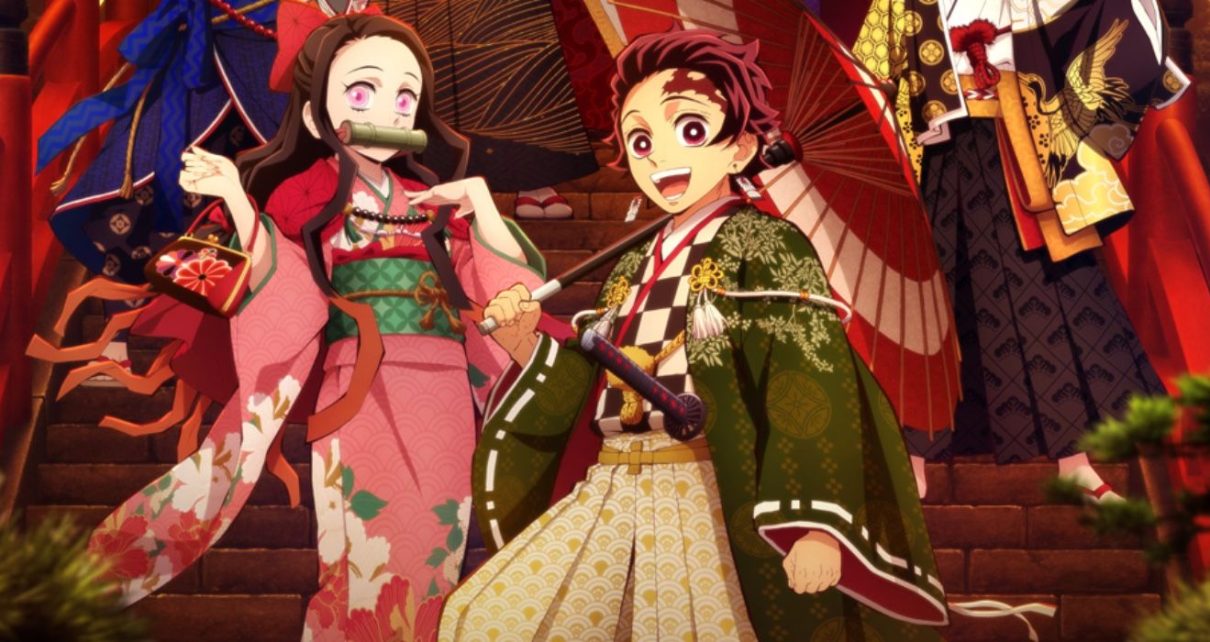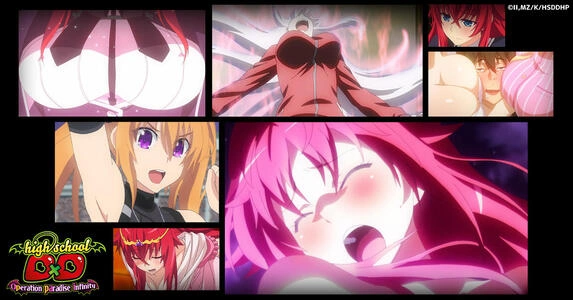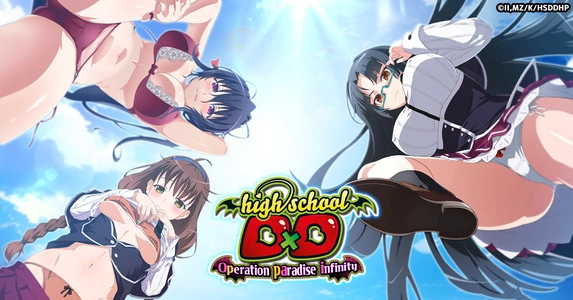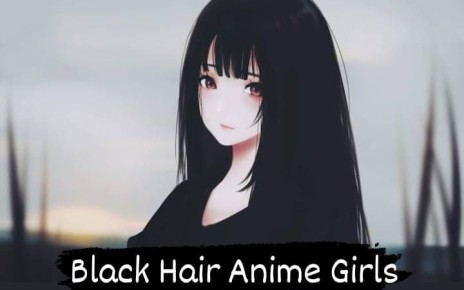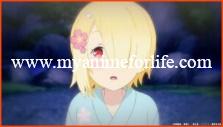When it comes to Japanese culture, few things are as iconic as the kimono. For anime fans, kimono are often featured prominently in series like One Piece’s “Wano” arc, Demon Slayer, and Inuyasha, symbolizing both tradition and elegance. However, the kimono is more than just a visual treat; it represents centuries of history, evolving fashion, and deep cultural significance in Japan. Here’s a deep dive into the different types of kimono seen in anime and how they reflect Japan’s rich sartorial traditions.
Table of Contents
History of the Kimono
The kimono (着物) literally translates to “something to be worn,” combining the words ki (wear) and mono (thing). Its origins can be traced back to the Yamato Period (300-710 CE) when Japan’s close relations with China influenced clothing styles. During the Nara Period (710-794 CE), Japanese officials adopted the left-over-right fashion for kimono, mirroring Chinese standards at the time. This rule, established under the Yoro Clothing Code, remains in place to this day—except for burial kimono, which are worn right-over-left, often depicted in anime to symbolize ghosts or spirits.
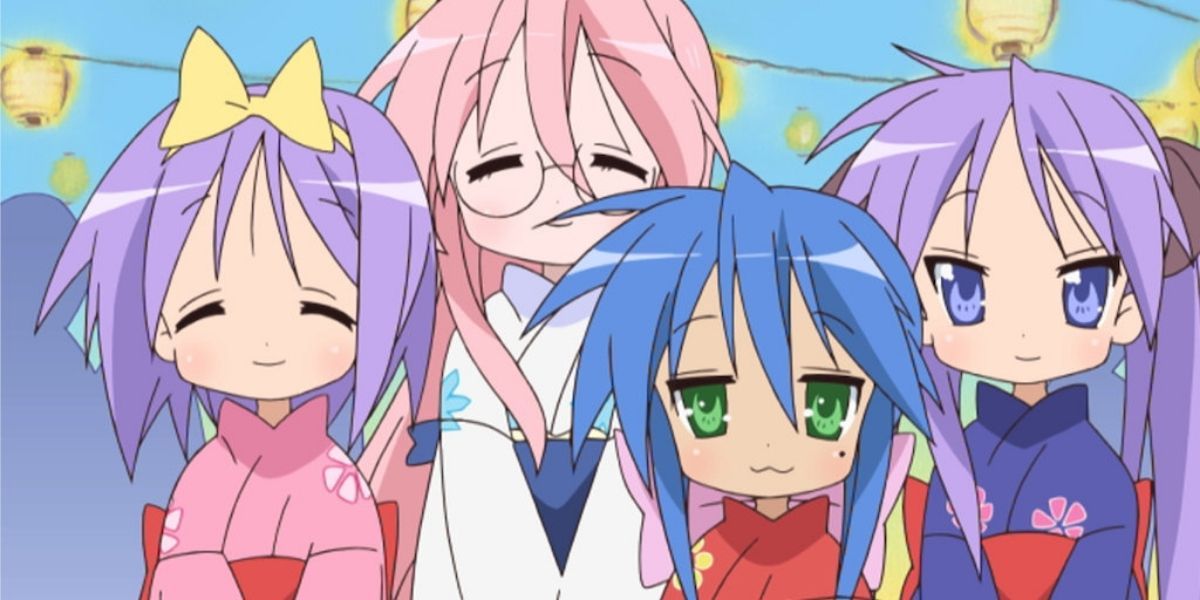
As time passed, particularly during the Heian Period (794-1185 CE), Japan distanced itself from Chinese influences, allowing the kimono to evolve into the form we recognize today. The Imperial Court began innovating styles, fabricating kimonos that reflected Japan’s cultural and aesthetic ideals. Over centuries, the kimono became more elaborate, signifying different social statuses, seasons, and occasions.
Kimono Fabrics and Motifs
The materials used to make kimono range from luxurious silk to more accessible fabrics like hemp and Japanese crêpe. The patterns and colors often denote the formality of the kimono. For instance, patterned fabrics are typically less formal, while plain, dyed fabrics indicate higher formality. The outer layer is made from a single bolt of fabric, while the lining is usually silk or an imitation fabric, though modern kimonos sometimes use cotton or wool for linings.
Interestingly, the motifs on the fabric reflect the seasons. A kimono with a sakura (cherry blossom) pattern is worn in the spring, while motifs like plum blossoms are appropriate year-round. Additionally, formal occasions call for specific designs—plum, bamboo, and pine motifs are considered more formal than other floral designs, making these patterns a frequent choice for special events.
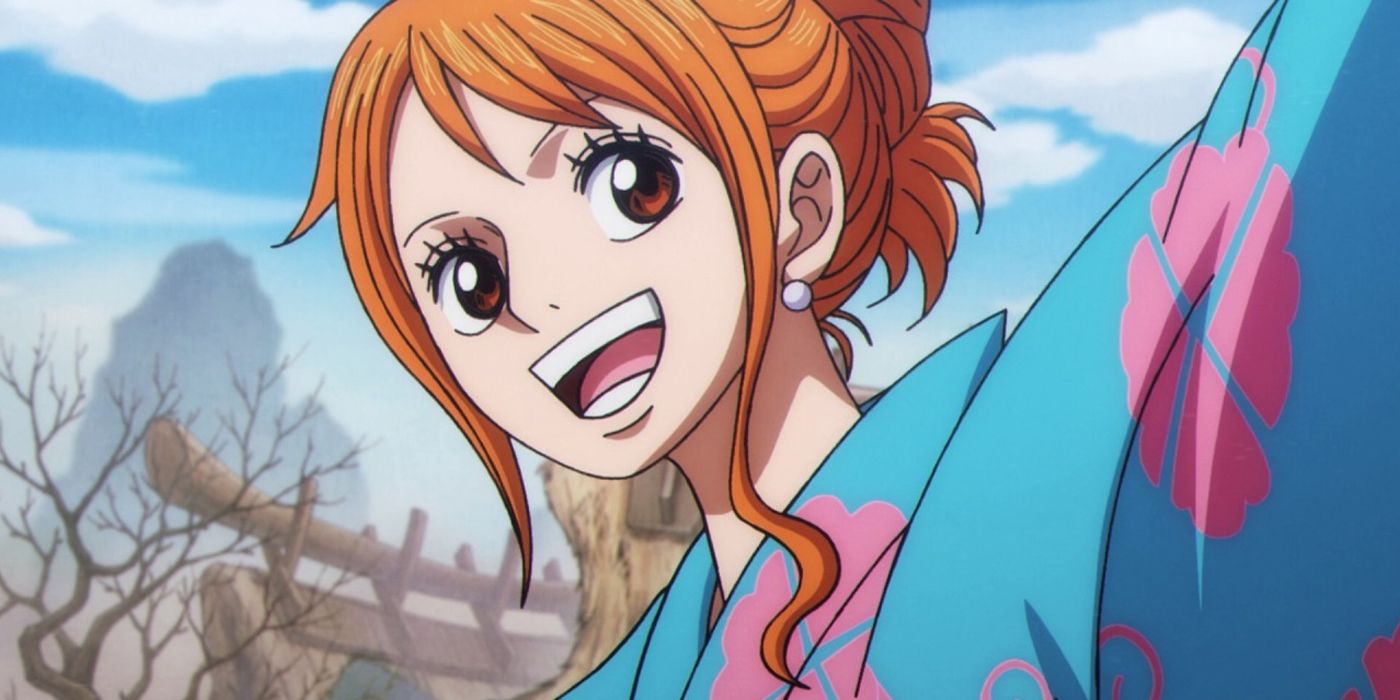
Types of Kimono in Japanese Culture and Anime
The style of kimono differs depending on the wearer’s age, gender, and the occasion. Below are some of the most popular types of kimono that you may have seen in anime or traditional settings:
Furisode (振袖)
Furisode, with their long sleeves ranging from 100-107 cm, are the most formal kimono worn by unmarried women. This style is often seen during ceremonies like graduations or coming-of-age events. There are three types of furisode:
- Ofurisode: The most formal and heaviest version, often worn by brides or traditional performers.
- Chū-furisode: The most popular, moderately formal version, worn to various special occasions.
- Kofurisode: A lighter version, sometimes paired with hakama pants for a traditional look reminiscent of the Meiji Era.
Tomesode (留袖)
Worn by married women, tomesode are a formal type of kimono, often adorned with crests. The most formal variation is the black kurotomesode, which is reserved for high-class events like weddings. Less formal is the colorful irotomesode, which can be worn by both married and unmarried women. In anime, characters like Inuyasha‘s Kikyo have been shown wearing simpler kimono versions, hinting at their roles and status.
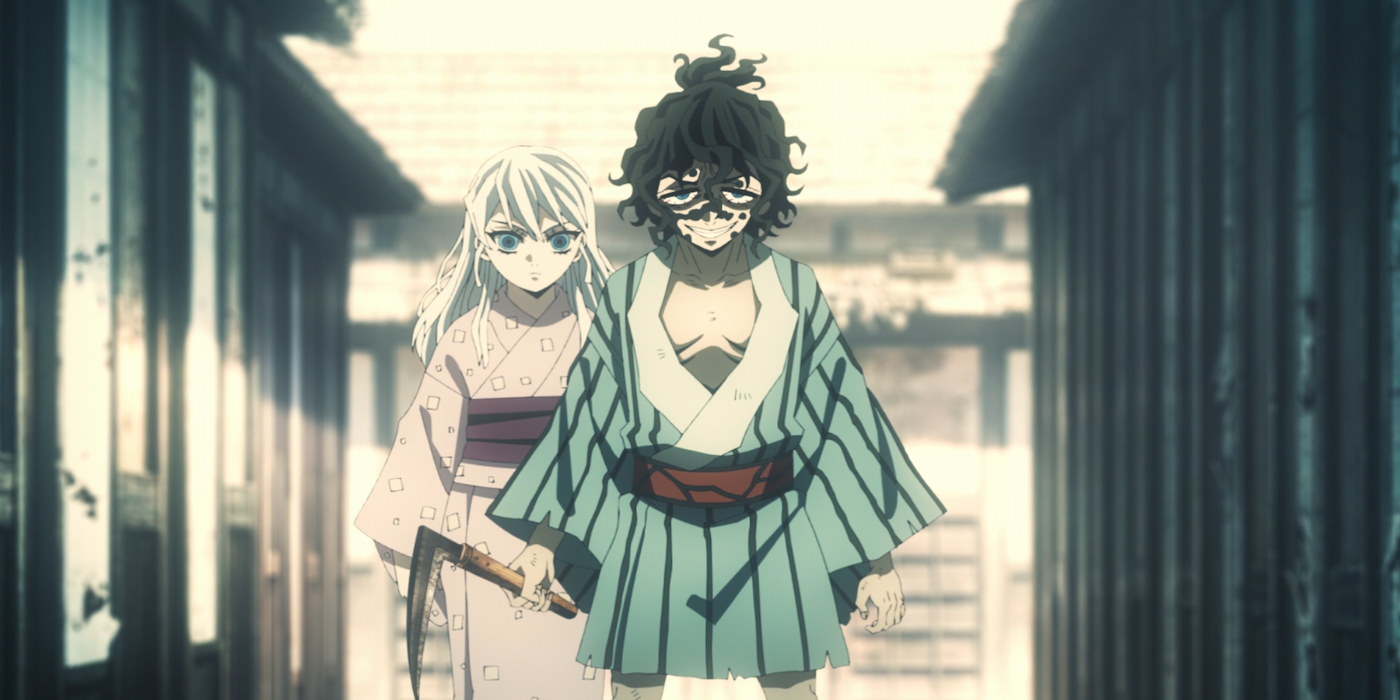
Yukata (浴衣)
The yukata is an informal, lightweight kimono typically worn during the summer or at traditional festivals. Initially used as bathrobes, yukata are now a popular choice for summer festivals and are often seen in anime, particularly during episodes that feature fireworks festivals or traditional gatherings. The yukata is often paired with a simple obi belt and wooden sandals known as geta. In Demon Slayer, you might spot characters relaxing in yukata when they visit hot springs.
Susohiki / Hikizuri (裾引き/引きずり)
This type of kimono, known for its long train, is often worn by geisha, maiko, and kabuki actors. The construction of a susohiki is unique, with the seams adjusted to emphasize the hips and the collar sewn to reveal the nape of the neck. In formal settings, such as traditional ceremonies, susohiki are worn with five crests representing the establishment or family of the wearer. These kimono are usually seen in anime like Memoirs of a Geisha, where the elegance and tradition of the clothing are essential to the character’s identity.
The Kimono’s Continued Presence in Anime and Beyond
Kimono remain a strong symbol of Japanese culture, even in today’s fashion-forward society. They continue to appear in anime, from the formal furisode worn during special ceremonies to the simple yukata seen in casual summer settings. Whether it’s a historic anime like Demon Slayer or modern series like One Piece, the kimono’s cultural relevance and beauty are ever-present.
In many ways, anime has helped preserve the kimono’s importance, introducing these traditional garments to international audiences who might not otherwise be exposed to them. As more anime series highlight traditional Japanese culture, the kimono will undoubtedly continue to grace our screens, offering a glimpse into Japan’s rich and diverse history.
